The relationship between light and sleep is one of the most fascinating yet often overlooked aspects of human biology. For centuries, humans lived in harmony with the natural rhythms of daylight and darkness, but the advent of artificial lighting has dramatically altered this delicate balance. Today, we are only beginning to understand the profound ways in which light exposure influences our sleep patterns, circadian rhythms, and overall health.
Light serves as the primary cue for our internal body clock, known as the circadian rhythm. This biological clock regulates not only sleep but also hormone production, metabolism, and even mood. When light enters our eyes, specialized cells in the retina send signals to the brain's suprachiasmatic nucleus, which acts as the master clock. This triggers a cascade of physiological responses that determine whether we feel alert or sleepy.
The timing, intensity, and color temperature of light exposure all play crucial roles in sleep quality. Morning sunlight, rich in blue wavelengths, helps suppress melatonin production and promotes wakefulness. As the sun sets, the warmer, reddish hues signal our bodies to begin winding down. Modern life, with its artificial lighting and screen time, often disrupts these natural signals, leading to what scientists call "circadian misalignment."
Research has shown that exposure to bright light in the evening, particularly the blue light emitted by electronic devices, can delay melatonin onset by several hours. This explains why scrolling through your phone before bed might leave you tossing and turning. The effect is so pronounced that some sleep experts recommend avoiding screens for at least two hours before bedtime, or using blue light filters if evening screen use is unavoidable.
Shift workers face particularly severe challenges when it comes to light and sleep. Those who work night shifts must contend with artificial light during hours when the body expects darkness, and often try to sleep during daylight hours when their circadian rhythm signals wakefulness. This chronic disruption has been linked to increased risks for various health problems, from metabolic disorders to certain cancers. Some hospitals have begun implementing circadian lighting systems that adjust color temperature throughout the day to help mitigate these effects for medical staff.
The impact of light on sleep extends beyond timing to include duration and quality of sleep. Studies using actigraphy (sleep tracking devices) have demonstrated that people exposed to brighter daytime light tend to fall asleep faster and experience deeper sleep compared to those who spend most of their day in dim environments. This has led to growing interest in light therapy as a non-pharmacological intervention for sleep disorders, particularly among elderly populations who may have reduced light exposure due to limited mobility.
Architects and interior designers are increasingly incorporating sleep-friendly lighting principles into residential spaces. The concept of "circadian lighting design" involves creating environments that support natural biological rhythms through strategic use of artificial light. This might include brighter, cooler lighting in kitchens and workspaces during daytime hours, with warmer, dimmer options in bedrooms and living areas as evening approaches. Some smart home systems now automatically adjust lighting throughout the day to mimic natural light patterns.
Seasonal changes in daylight duration present another layer of complexity in the light-sleep relationship. Seasonal Affective Disorder (SAD), a form of depression that follows seasonal patterns, is closely tied to light exposure changes. Many sufferers report both sleep disturbances and mood changes during darker months. Light therapy boxes that emit bright, full-spectrum light have become a common treatment, with morning exposure proving most effective for resetting circadian rhythms in these cases.
Emerging research suggests that individual sensitivity to light's effects on sleep may vary significantly based on age, genetics, and even eye color. Teenagers, for instance, experience a natural shift in their circadian rhythm that makes them more susceptible to evening light exposure, while older adults tend to be more sensitive to morning light. These differences have important implications for everything from school start times to workplace lighting policies.
The science of light and sleep continues to evolve, with researchers exploring innovative approaches like personalized light exposure recommendations based on genetic testing. As we deepen our understanding of this fundamental relationship, simple adjustments to our light environment may prove to be among the most powerful tools for improving sleep quality and overall health in our modern, artificially illuminated world.

By /May 22, 2025
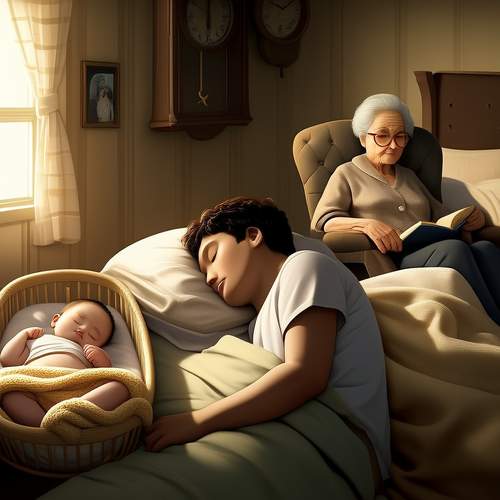
By /May 22, 2025
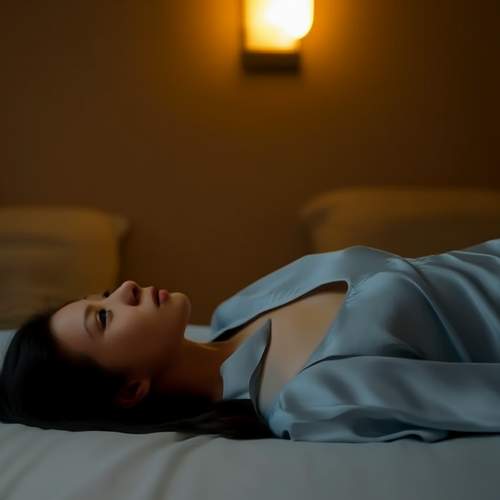
By /May 22, 2025
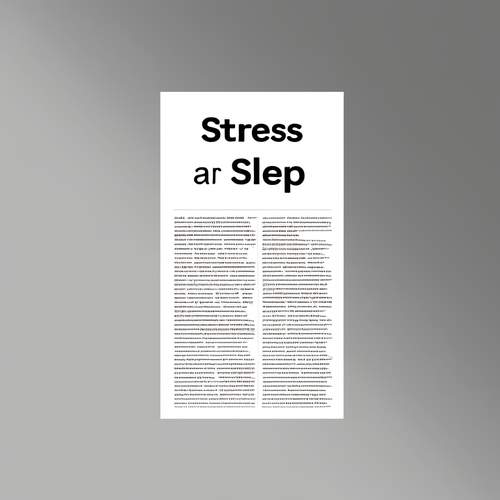
By /May 22, 2025
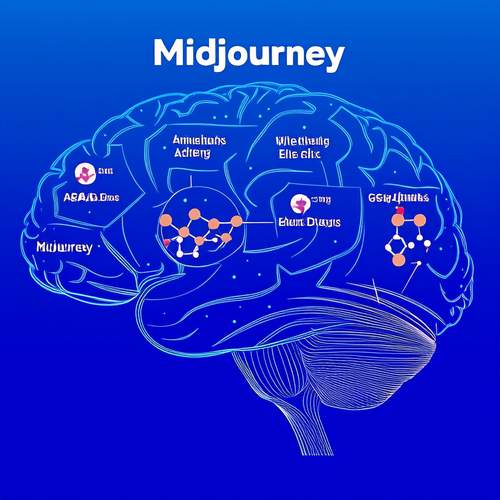
By /May 22, 2025
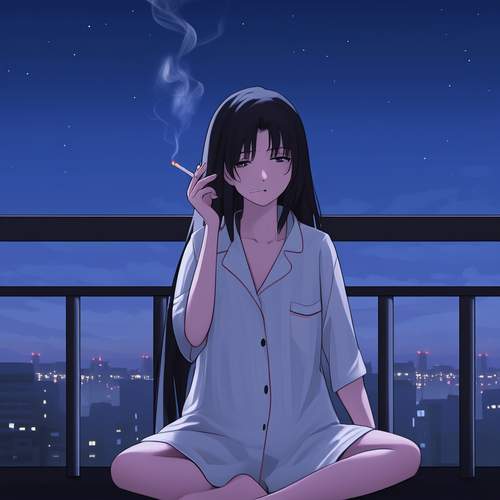
By /May 22, 2025
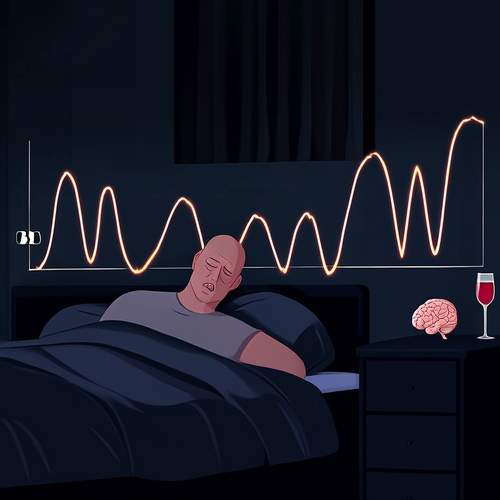
By /May 22, 2025
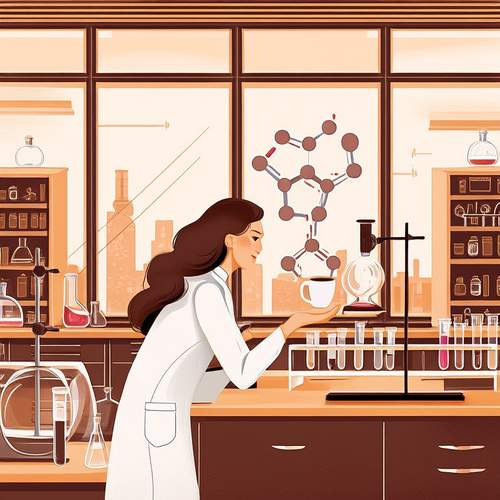
By /May 21, 2025
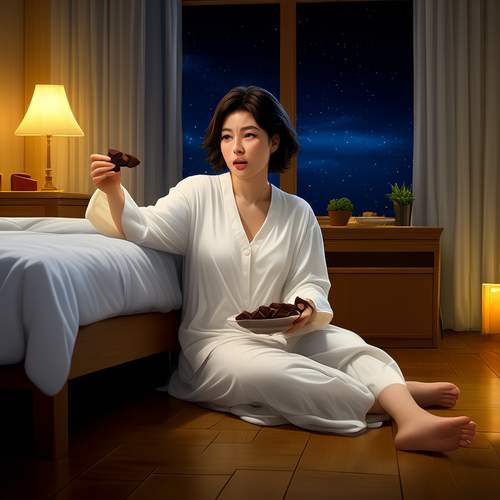
By /May 21, 2025
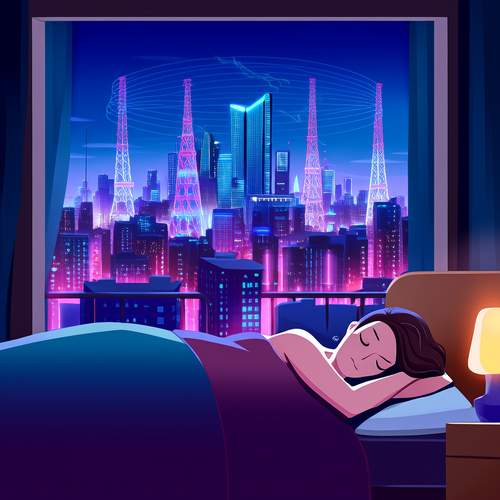
By /May 21, 2025
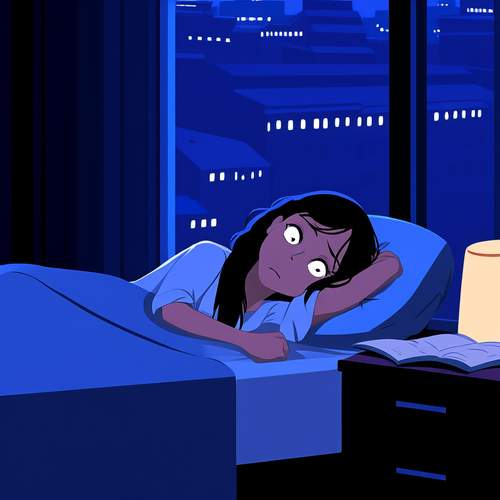
By /May 21, 2025
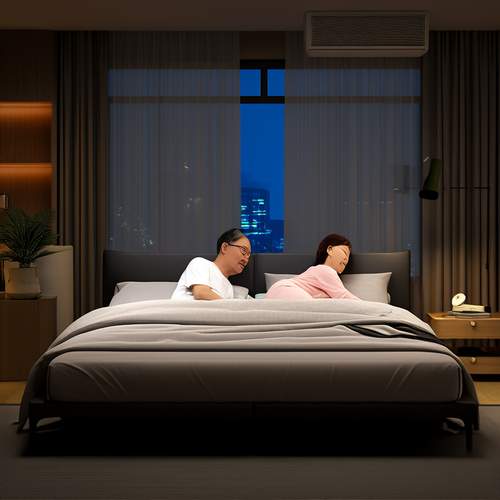
By /May 21, 2025
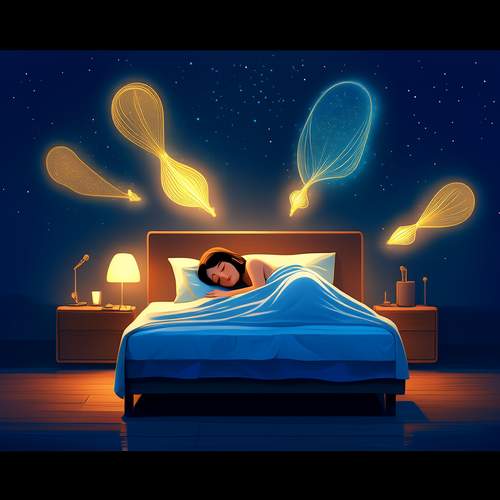
By /May 21, 2025
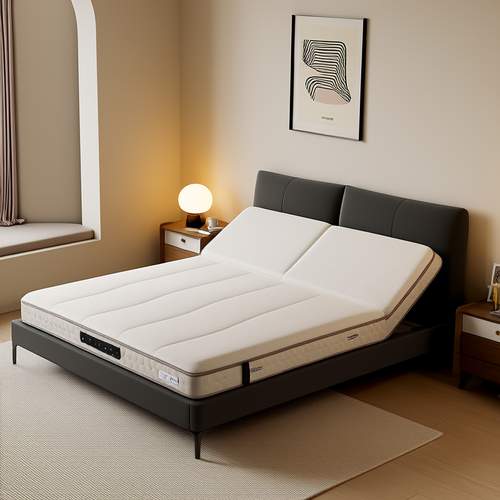
By /May 21, 2025
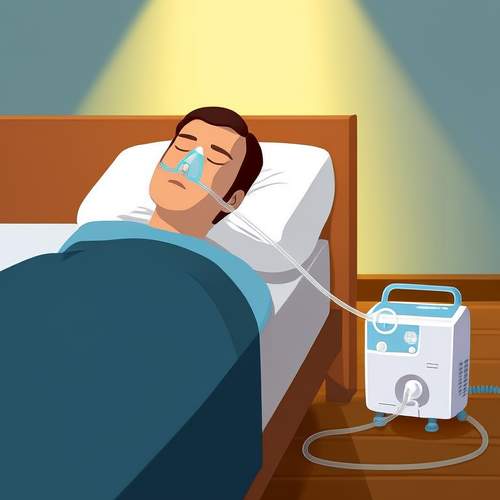
By /May 21, 2025
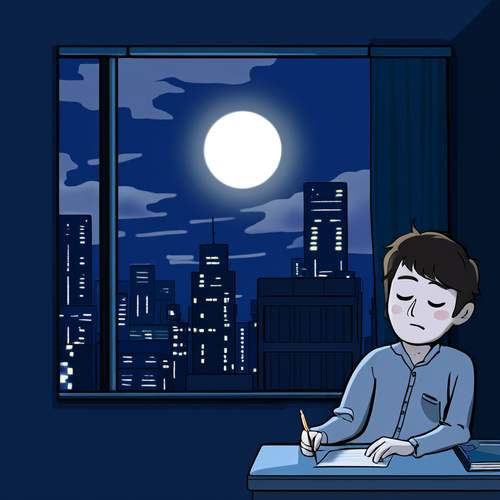
By /May 21, 2025

By /May 21, 2025